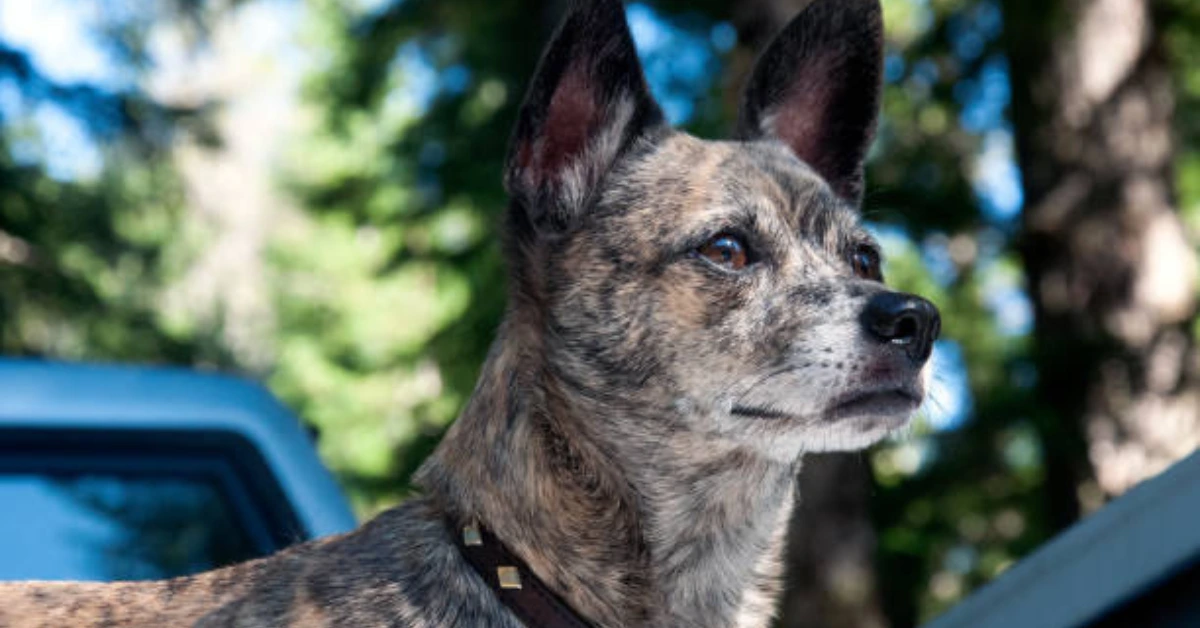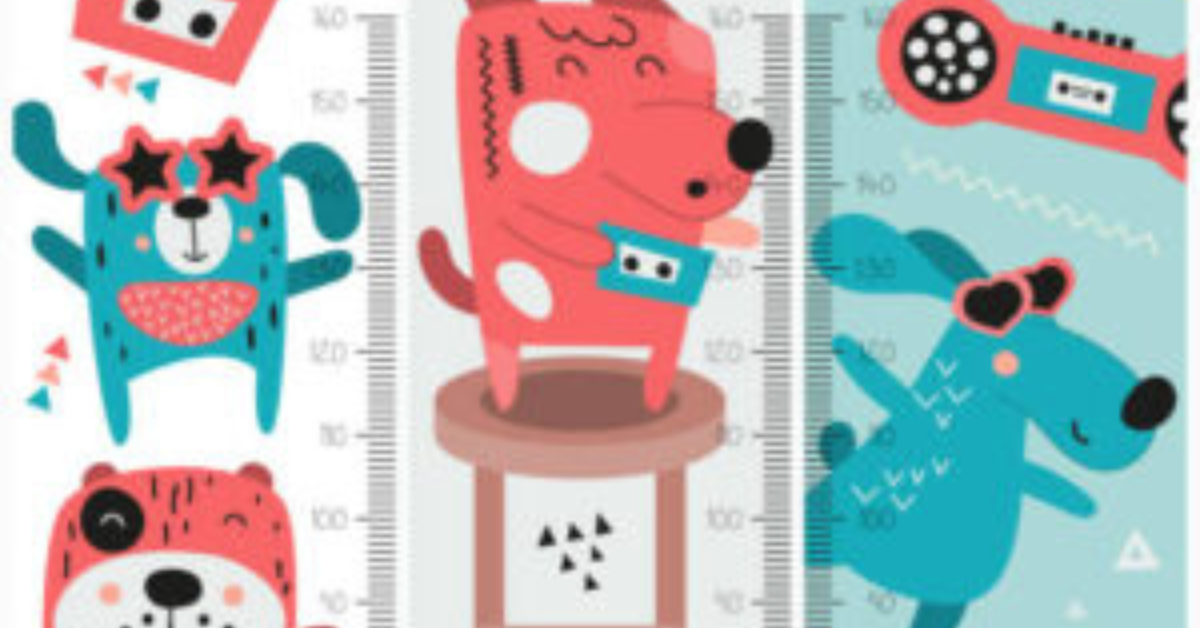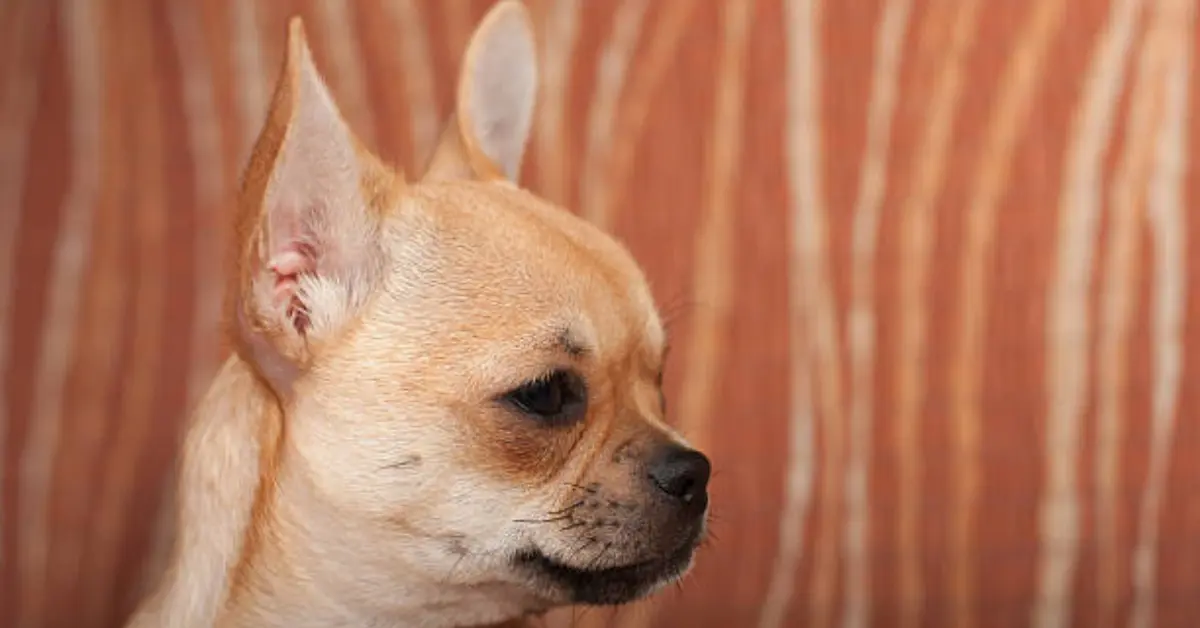Chihuahuas are cute, charming dogs, with big character. However, not everyone has the ability to adopt a chihuahua dog and coexist with the pet’s allergies. You might be asking if the chihuahuas are hypoallergenic. Unfortunately, the answer is NO.
In fact, not all dog breeds can excite an allergy. We call these breeds Hypoallergenic. For instance, The Shih Tzu dog is hypoallergenic.
Actually, chihuahuas are not Hypoallergenic and can be the cause of your sickness if you are vulnerable to allergies. However, People never chose a puppy based on the fact of whether they are hypoallergenic or not. Following the tips we will discuss in this article can help you coexist with your chihuahua despite your allergy.
Advertisement
Why the Chihuahua Is Not Hypoallergenic
You should put in mind that allergy-safe dogs are a myth. Marketers use the term “hypoallergenic” to state that there is zero chance the dog will not make you sick if you are prone to allergies. It is true that some dog breeds are less likely to cause allergies. However, there is always a chance that a “hypoallergenic” dog could cause an allergy.
In order to put you into perspective, you should understand what is the root cause of allergies, and What is the substance behind them? In fact, there is a substance called Dander, which sticks to a dog coat. For this reason, the Most allergy-friendly dogs are hairless or non-shedding breeds such as the Shih Tzu dog we mentioned earlier. Also, dog breeds that shed steadily are not suitable for people with dog allergies. Because after shedding those pooches leave hair and its dander on the floor and furniture.
There are two factors that you should take into consideration in order to determine if a dog is allergy-friendly. Firstly, the rate of shedding. Secondly, the coat density. As we all know chihuahua dogs come with long hair or short hair.
However, Both are considered medium shedders. In other words, their moderate shedding can excite an allergic reaction in people with dog allergies. Fortunately, there are some tips that can help limit the risk.
8 Tips to help you live with a Chihuahua and a Dog Allergy
Here are some tips that can help you manage your life with a chihuahua. But it doesn’t mean that your dog won’t trigger an allergic reaction 100%.
1. Never allow your dog to enter Your bedroom
There are some rules you have to set inside your house if you have pet allergies. You should never allow your pet to enter or stay in your bedroom. For more safety, the dog should know at a very young age the places where she shouldn’t access. Having allergens inside your bedroom where you spend several hours means a big risk to you.
All the household members should be aware of our plan. No one should enter the pet to our room.
2. Your house has to be clean all the time
Cleaning your house regularly will eliminate or limit the existence of allergens. Vacuuming at least once a week is a must. It is preferable to use a vacuum cleaner with a filter because this type of cleaner takes off dander easily.
Also, you have to change the dog’s bedding more frequently. You have to wear a mask while you are doing this task. Changing the dog’s bedding will stop the accumulation of dander. Furthermore, you can wash the floors every week.
3. Eliminate Dust-Capturing Fabrics
Furniture such as carpets, chairs, and draperies are the things you have to manage when it comes to allergens. Because they contain debris, dust, dirt, and dander that can trigger an allergic reaction.
For this reason, You should be careful before buying any furniture in order to control dirt and dander in an effective way.
4. Constant Grooming
As explained before the dander that sticks to the dog’s hair is the root cause of allergy. So in order to limit the chances of getting sick, you have to make sure that your chihuahua has minimal dander in his fur.
Regular grooming is advised. Bathing your dog systematically will help remove dander and any other debris. The Bathing frequency depends on the appearance of your dog and the period of time your chihuahua spends outside.
Bathing Once or twice a week is enough. You should never use human shampoos and conditioners to bathe your chihuahua.
Additionally brushing your dog twice a week or more will remove any potential allergen such as dander in your dog’s fur. As it will also help prevent matting. Do it while you are wearing a mask or delegate this task to another non-allergic person.
This Article May Help: Chihuahua Grooming Guide _Hair, and Nails
5. Install Air Purifiers with filters
Setting up air purifiers with HEPA filters limits any dog allergies because they can trap tiny portions like dander. Even if the price of filters is relatively high you should change them regularly.
6. Wash your hands
Do it always after having contact with your chihuahua such as petting your dog. This way you will prevent allergen from sticking to your skin.
7. Provide skin supplements to your chihuahua
Fish oil is a good supplement. Adding it to your dog’s diet will help keep his coat and skin healthy and consequently reduce dander.
8. Medication
There are some medications that the doctor can prescribe for you in order to coexist with pet allergies. On the other hand, there are no medications dedicated to dogs that can help them limit producing allergens.
Here is a list of dog breeds that are HYPOALLERGENIC
- American Hairless Terrier
- Bedlington Terrier
- Bearded Collie
- Chinese Crested
- Cairn Terrier
- Bichon Frisé
- Coton de Tulear
- Maltese
- Poodles
- Puli
- Scottish Terrier
- Portuguese Water Dog
- Silky Terrier
- Yorkshire Terrier
Last word
Chihuahuas are cute, loyal, and brave. But they are not the best choice for people with pet allergies.
Finally, and after all, chihuahuas are not hypoallergenic. But following the above measures can help limit the risk.
YOU MAY ALSO LIKE:
Minimizing Shedding – How Can the smallest chihuahua Sheds So Much?
Advertisement













